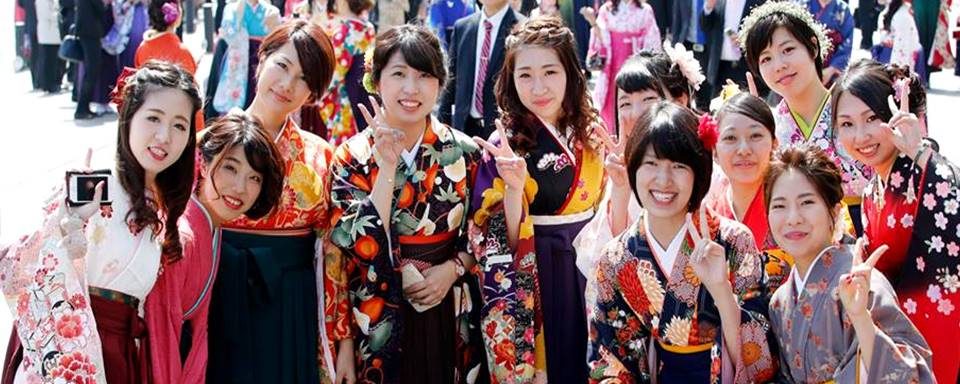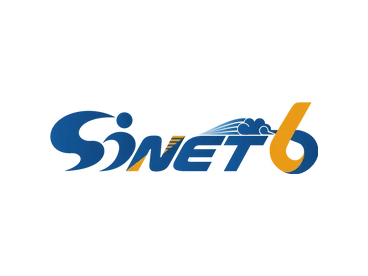
E-portfolios help Japanese engineering students improve learning
E-portfolios have proven to be effective educational tools to make students aware of their strengths and weaknesses, helping them achieve their goals in a structured fashion.
By gathering study and activity records e-portfolios offer an overview of objectives and achievements, making students aware of new findings and unnoticed problems and guiding them in the right direction.
Used by all students
The Engineering Department of the Kyushu Sangyo University in Japan has designed a dedicated e-portfolio, utilizing the Japanese R&E network SINET, and to be used by all of the department’s undergraduate students.
Prof. Wataru Fujisaki of Kyushu Sangyo University explains how the e-portfolio system is utilized not only by students but also by the university:
“All the undergraduate students in the Engineering Department are assigned to record their objectives and daily learnings. This gives them the opportunity to look back at their achievements, and to implement a Plan-Do-Check-Action cycle (PDCA) during the four years of undergraduate student life. These records are shared with their supervising professors. For example, when entering the university as a freshman, a mechanical engineering student may set up his and her objectives to obtain a national qualification in his and her special field. In each academic year until graduation, more refined setups of objectives and achievement reviews will follow.”
Training basic skills
In addition to academic achievements and tasks, the e-portfolio also provides students with possibilities to train basic skills like communication ability, reading and writing abilities and social manners. Accumulating their scores every year, the students can assess their own development or maturity.
Prof. Fujisaki says:
“The e-portfolio allows the teaching staff to give more precise education and supervision to students. For example, once, 13 students having grade point average less than 2.0 with rather bad communication ability made interview practices 21 times for job employment, utilizing the e-portfolio questions associated with the history of themselves. The final result was remarkable: all students could successfully get job offers. Now we have expanded this system to students with a grade point average score higher than 2.0.”
Secure and seamless
Kyushu Sangyo University operates its e-portfolio system utilizing the Japanese R&E network SINET and its Layer-2 VPN (Virtual Private Network) service. Mr. Shinobu Hashimoto of Kyushu Sangyo University explains:
“In order to deploy the e-portfolio we selected the cloud-based implementation which reduces our initial investment and allows easy expansion. Furthermore, security is one of the important issues because the e-portfolio handles students’ privacy sensitive information. Our final choice of implementation was to use the LiveCampus Portfolio system provided by a cloud service provider because this e-portfolio system is located on a cloud service provider’s datacenter already connected to SINET. This allows secure and fast communication via Layer-2 VPN. Thus, the on-campus system and the cloud service providers’ off-campus service can be integrated and used securely and seamlessly. This is the largest benefit to us. The e-portfolio was smoothly deployed with the help of NII (National Institute of Informatics) which operates and administer SINET.”
Further development
According to Prof. Fujisaki the Engineering Department of Kyushu Sangyo University now plans to further develop its e-portfolio:
“As the e-portfolio surely contributes to the very high employment rate and very high percentage of students who go on to higher-level schools in the Engineering Department, we would like to make more extensive use of it.”
Also, Prof. Fujisaki expects that the e-portfolio will be deployed into other departments of Kyushu Sangyo University.
For more information please contact our contributor(s):

